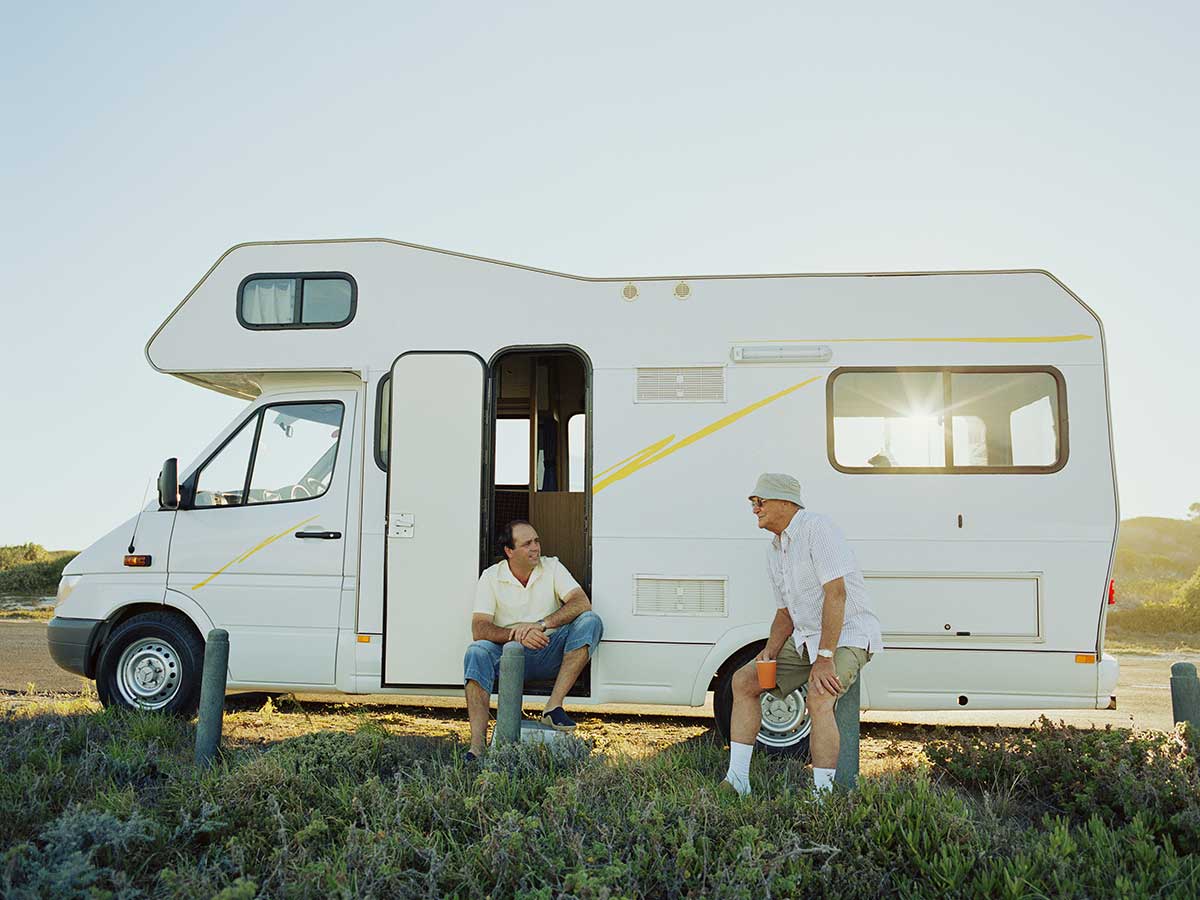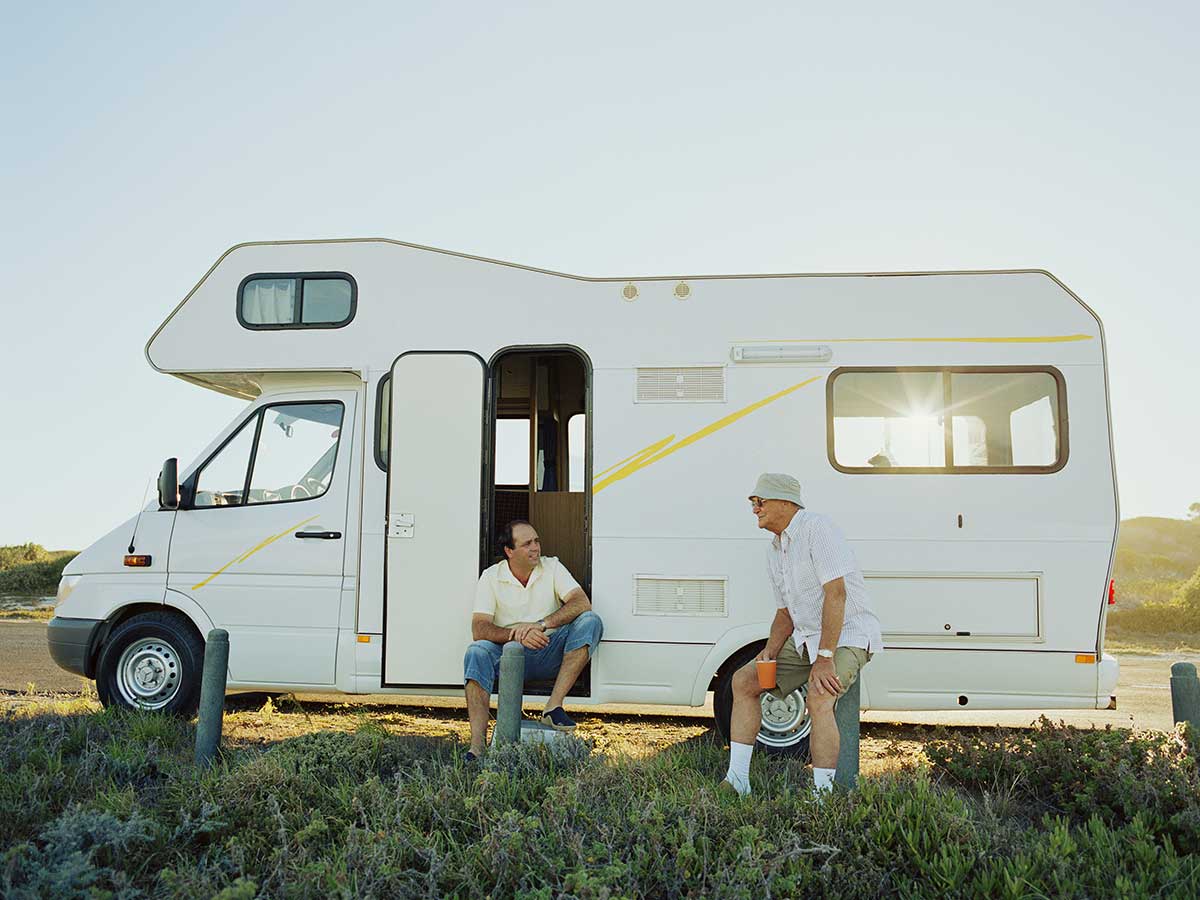
Which is the best RV for your trip?
 Take your pick from a wide variety of recreational vehicles to find the best fit for your journey (Getty Images/Bigshot)
Take your pick from a wide variety of recreational vehicles to find the best fit for your journey (Getty Images/Bigshot)
For the uninitiated, it might seem as if all RVs are the same or similar. But the term actually covers many different types of vehicles. As RV 101: Choosing The Right RV For Your Family points out, many people start with a towable tent trailer. And if the journey itself is the focus, a motorhome is often the answer. [See Quick tips to make your RV family vacation memorable—and affordable]
What about licences? According to RV 101, G licences used to be restricted to driving vehicles with an axle weight of 4,600 kg maximum. But that has changed. RV dealers across Canada now have certificates you can obtain to drive RVs with an axle weight of more than 4,600 kg, as long as the tow vehicle and trailer are less than 11,000 kg. This has opened the door to driving bigger fifth-wheels with a regular driver’s licence.
Towable RVs
Tent trailer: Also known as pop-up tents, these can be towed behind a regular vehicle. According to RV 101, many people start off with this type of trailer.
Travel trailers: Also known as campers, these are probably the most common type of RV found on the road today. Some models can now be towed with a larger family vehicle.
Fifth-wheels: The trailer is attached to a hitch in the bed of a truck.
Motorized RVs
Class A motorhomes: These RVs look like buses, with a vertical front windshield and large windows. Bill Best, an avid RVer from Toronto, chose this type of model for his many trips. “They are the most open,” he says.
Class B motorhomes: Also called camper vans or conversion vans, Class Bs are wide-bodied full-sized vans with a raised roof. While Class Bs can sleep up to four, are easy to drive and easy on fuel, their compact size may make them better suited for weekend trips.
Class C motorhomes: The vehicle includes a distinctive “cab-over bunk” in the front. As Best points out, Class C can hold the largest number of people: “If you have eight passengers, that’s the way to go,” he says.